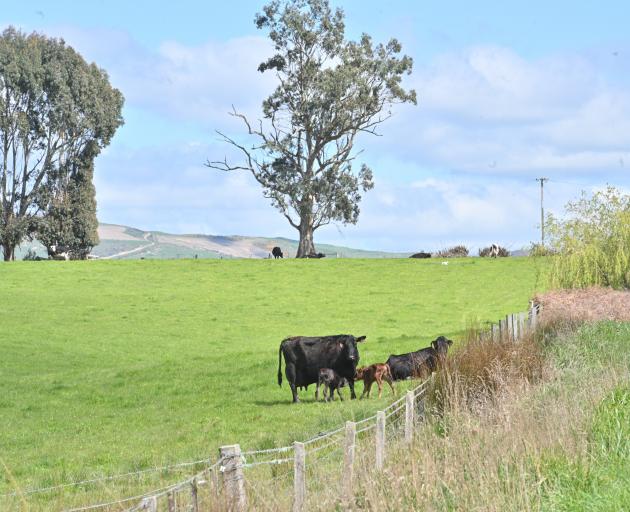
Our world is demanding high-quality, environmentally-friendly food. At the same time, regulatory costs continue to build; our weather is increasingly challenging to bank on and farm profitability and balance sheets are under pressure.
As a result, farmers are increasingly looking more closely at the economic contribution of each part of their farms. Not all land is the same; some parts of farms — if farmers are really honest about it — cost them money to farm.
It’s the steep, rough hill country out the back that farmers are taking a second look at. Not only is this land unprofitable, but it’s often difficult and dangerous to farm. This land is typically erosion-prone and topsoil run-off is undermining farmers’ broader environmental efforts.
There has been plenty of criticism in the press and within the farming community concerning carbon forestry operations over the last couple of years, and in some quarters this is quite rightly so.
Rural communities are justified in their concern about wholesale blanket planting of productive profitable pastoral farmland in forestry. This practice is occurring in parts of New Zealand and it is short-changing rural communities.
However, its important that this does not shut farmers off from opportunities to diversify their operations and areas of their farm that are suitable for forestry.
Forestry can create stable, long-term cashflow from economically marginal land and enable investment in more efficient, productive and profitable farms.
Many New Zealand farms could benefit from taking an impartial look at whether forestry can support their operations. Yes, we need to ensure the right tree is planted in the right place but a lot of New Zealand's steeper farmland is ideally suited to rotation forestry — offering farmers income from both carbon farming and tree harvest.
There have never been more options and opportunities for farmers in considering what to do with the steeper parts of their farms.
For example, with carbon and harvest forestry, a farmer can begin to realise an immediate and ongoing carbon revenue stream, while also holding options to profit from the harvesting of the forest at the end of its rotation.
Drylandcarbon is increasingly engaging with farmers in Southland who are realising that the steep sections of their farms are unproductive for pastoral farming, but ideally suited to much more profitable carbon farming and forestry.
Farmers are turning to carbon forestry on parts of their farms to repay debt, free up funds to invest in their more productive pastoral land and to support succession planning.
As risk to farming operations continues to increase as a result of climate change and regulatory uncertainty, banks are also increasingly interested in the potential for sensible carbon and rotation forestry as a sustainable risk management tool.
Through the Drylandcarbon model, a farmer can realise additional income streams while retaining outright ownership of their land through a land lease or joint venture for forestry.
There are several ways that these agreements can be structured to match individual farm circumstances and minimise risk to farmers. Depending on the nature of the agreement, the farmer can receive a regular passive income from previously unproductive land without investing any capital or being burdened by operational responsibility.
It is typical now for farmers to lease the steep and unprofitable sections of their properties for forestry and to choose to share in the proceeds of timber at the end of the rotation with their forestry partner.
We know that farmers are increasingly intergenerational in their growing environmental concerns. Pine is ideally suited to Kiwi conditions, but not everywhere.
The right forestry plan, built in partnership with the farmer, will probably see areas of steep country not suitable for planting pines left to naturally regenerate into native species.
Wide riparian buffers around waterways will be maintained to enable native regeneration in creeks and gullies. Consistent pest control will deliver broader benefits to native bush and wildlife across a broader farming catchment and a transition plan can be put in place to transition from exotics towards native forest over the long-term.
New Zealand needs carbon forestry in order to meet its climate change goals and the world needs our timber. Farmers need to protect their land while diversifying their operations and using the right land for the right purpose.
It’s no longer a one-size-fits-all model across a whole farm. Farmers are increasingly recognising the benefits of planting the right tree in the right place for their farms, their families and for future generations.
- Anthony Beverley is a director of Drylandcarbon. Drylandcarbon is a partnership of four Kiwi companies: Air New Zealand, Contact Energy, Genesis Energy and Z Energy. They seek carbon credits from the forestry operations to offset their emissions under the New Zealand Emissions Trading Scheme.











